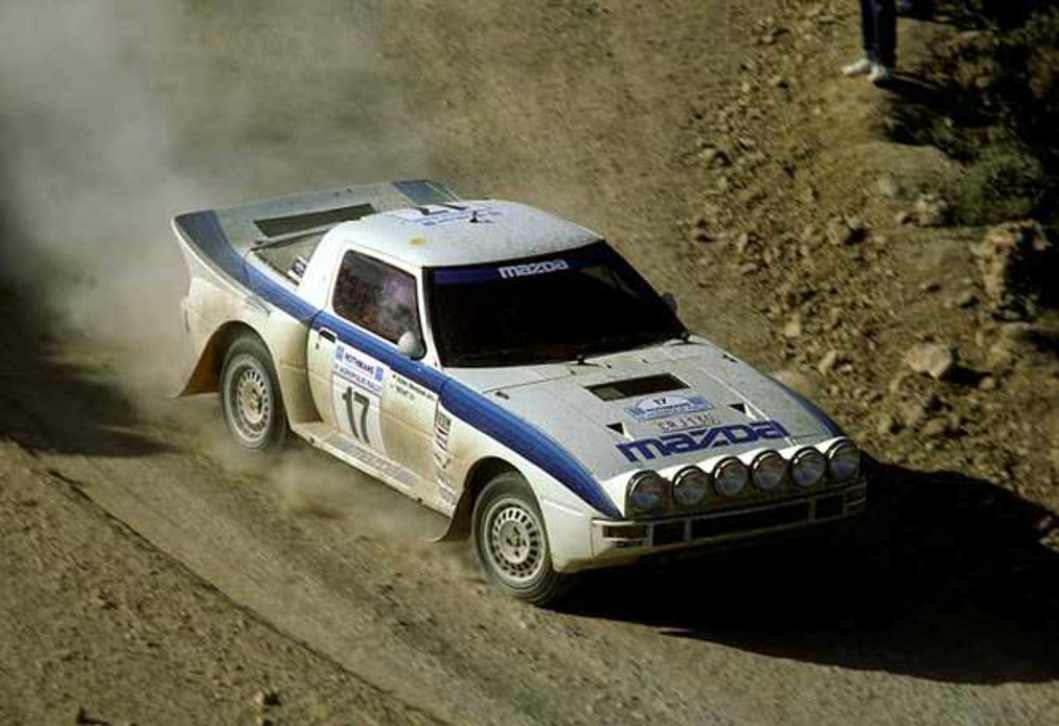The first series Mazda RX-7 was a milestone car for both Mazda and the general car buying public.
Launched in 1978 it was a key car in changing the public’s perception of Japanese car manufacturers from builders of cheap bargain boxes to builders of quality affordable and accessible performance cars for the everyman. For Mazda it basically saved them.
Before the RX-7, Mazda were having a difficult time in the American market as their whole strategy was tied to the Wankel rotary engine _ which had built a reputation for a poor fuel economy to power ratio. Fuel economy was coming to the fore as a priority for the buying public. The early 70s was a time of OPEC-introduced fuel shortages and the start of stringent emission controls.
Mazda required a breakthrough car, and with the RX-7 they got it 100 per cent right. It was a significant hit in both the American and Australian markets. Leading motoring journalists were unanimous in their praise for the revolutionary sportscar. The RX-7 won numerous awards and was named by Road and Track magazine in their 10 Best Cars for a Changed World and 10 Best Cars of the 80s lists. It also made Car and Driver’s list of Top 10 cars five times.
RX-7 development commenced in 1975 at the instruction of Mazda board member Sinpei Hanoka. The brief was for a small lightweight two-seater sportscar with a chassis specifically designed around the compact Wankel engine. This project would be Mazda’s third attempt at a halo sportscar. The first was the Cosmo, was a limited production hand built classic. The second was a failed attempt to build a two-seater from a shared sedan chassis, a project that was abandoned in 1973.
In March 1978 the production RX-7 was introduced to the international motoring press at Hiroshama, Japan. It was a hit and press coverage was full of praise for Mazda.
The advance press and excellent coverage in Australian magazines converted into sales for Mazda here. Australian, along with America, seemed to like everything about the car. Curiously, it was not as successful in England or the rest of Europe.
Drivers loved its road manners and performance. Handling was universally praised and few significant problems were ever reported. In September 1982, Road and Track surveyed 200 owners and their summation was “when it comes to performance, handling and reliability, the RX7 offers more fun per dollar than any other sportscar”. The same holds true today, with current market prices between $5,000-15, 000.
The RX-7 also had a very successful race career here with Allan Moffat. In 1982 he won the Lakeside and Surfers Paradise rounds of the Australian Endurance Championship. In 1983 he won the Calder Park, Wanneroo, Surfers and Oran Park to take the Championship. He also won the Sandown 500 race and got two thirds and a second in the Bathurst 1000 between 1982 and 1984.
Mazda RX-7 1st Generation
Built: 1979 to 1985
No. Built: 471,018
Series 1 – 1979-80
Series 2 – 1981-83
Series 3 – 1984-85
Engine: 12a - 1.1L, 2 rotor 109 kW naturally aspirated
Transmission(s): 4-speed automatic, 5-speed manual
Dimensions
Wheelbase: 2420 mm
Length: 4285 mm
Width: 1689 mm
Height: 1260 mm
Curb weight: 1,191 kg - 1,393 kg
Fuel consumption (city) - 13 km/litre
Fuel consumption (highway) - 8 km/litre





.jpg)
.jpg)



.jpg)
.jpg)










.jpg)


.jpg)





-W.jpg)







Comments